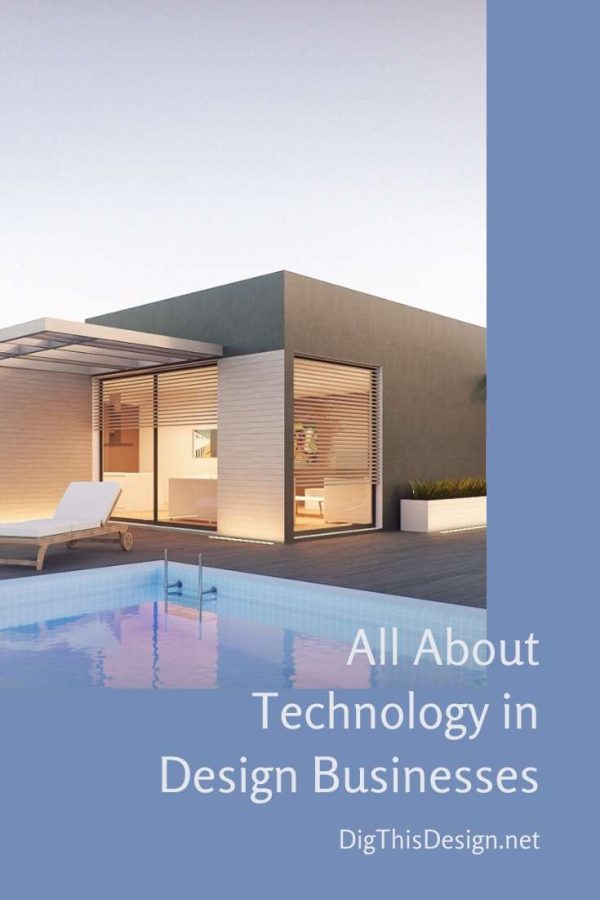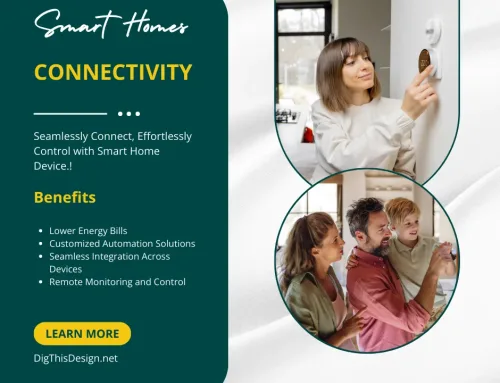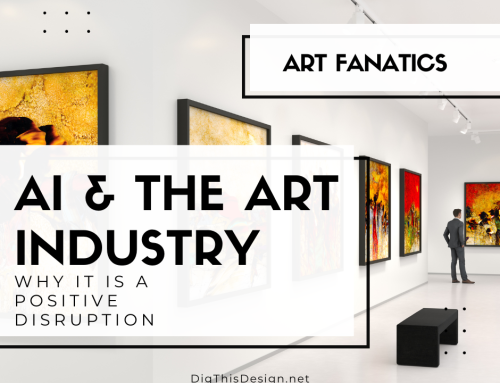Technology has a massive impact on every industry throughout the business world. However, design businesses have been affected more than others. The rise of technology has changed so many things for businesses in the design industry, and it will continue to do so. What we’re interested in is the future of technology for design businesses. What’s lurking around the corner, and what does this mean for companies? Is it all good news, or will there be problems? All of this will be discussed in this article, so continue reading to find out more!
All About Technology in Design Businesses

Future Design Technologies
The best way to predict the design technologies of the future is to look at what’s currently in use. These days, 3D modeling is very popular. Most design companies use this type of technology in some way or another. Whether it’s creating 3D graphic models of products, using 3D models from marketplaces or designing rooms in a house, there are many ways you can use this technology. Another popular piece of technology is 3D printing. Design companies create their 3D designs and then they use a 3D printer to show clients their models in real life. It is very popular and is becoming more affordable, making it easier for small businesses to get their hands on 3D printers.
The reason 3D technology is one of the most prevalent design technologies is that it allows designers to bring their designs to life. This is important because clients get a better visualization and understanding of the design compared to if they looked at it on a piece of paper. Everything is made a lot better, and you really get a sense of what the room will look like. Product design is made even better with 3D printing because you can show people scaled-down models of designed rooms or to-scale models of products. Taking this into account, it’s easy to see what the next logical steps are for design technology. Design businesses are going to use more advanced technology that will bring their designs even further to life.
Augmented & Virtual Reality
The biggest frontrunners for the future of design tech are augmented and virtual reality. Augmented reality is the most likely to be used in the next few years. Companies like Microsoft are already developing augmented reality headsets that will soon change the design industry. With these headsets, you project things into your field of view. Theoretically, this means you could project a design out into the room for other people to see when they wear these headsets. For example, you could design a product for a client on your computer using 3D design software, and then hand them the headset so they can see a holographic projection of it. It allows them to walk around the product and see all the details. It’s an incredible concept.
Virtual reality is the idea of creating a reality that doesn’t actually exist. You put on a VR headset, and you can’t see anything apart from the virtual reality that’s depicted inside. In theory, this can change interior design massively. It can be hard to picture how a new room is going to look before you go ahead with a remodel. Designers can create virtual designs of clients rooms, and then the client can put on a VR headset where they can then see their potential new room. They can walk around as though they’re in the room itself. These ideas are very interesting, and there’s a lot of complicated technology involved. However, they could change the way design businesses operate forever.
The Problems
Of course, it seems like these future technologies are 100% a good thing. However, there are some problems with this constant evolution of design technology. Nowadays, most businesses are already considering IT outsourcing for support with technical problems. As technology has evolved, the need for support has greatened. So, when all of this technology comes to fruition, it means more support will be needed. The simple fact is, the more advanced technology gets, the greater chance there is of problems occurring. More things can go wrong, and businesses rely on support companies to help them sort these issues out before they become too big and devastating.
Additionally, there’s always a period of adjustment when new technology bursts onto the scene. The leap from sketching things in 2D to 3D designs isn’t that big. However, the introduction of augmented/virtual reality in the design industry is a big leap. Companies will spend a lot of time adjusting to the new technology, which could slow things down in the beginning.
All in all, the future of technology for design businesses is fairly bright. It will be intriguing to see how different things are when this new tech bursts onto the scene. However, it’s wise to expect a slow start to the new way of doing things. Once you move beyond the sluggish start, things will undoubtedly get better. Designers can bring things to life and show clients more realistic designs that are as close to reality as possible.
Images Courtesy of Canva.
Other Posts You Might Enjoy
Your Design Business; The Value of a Digital Upgrade
Tips to Organize Your Small Business for the New Year
How to Drive Organic Traffic with the Right Content Strategy





